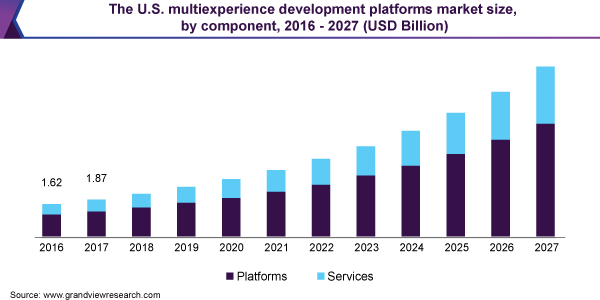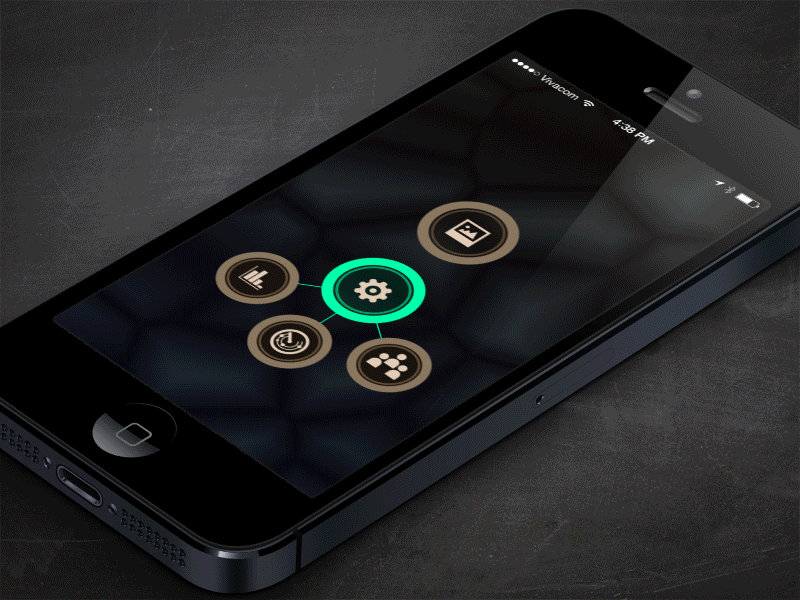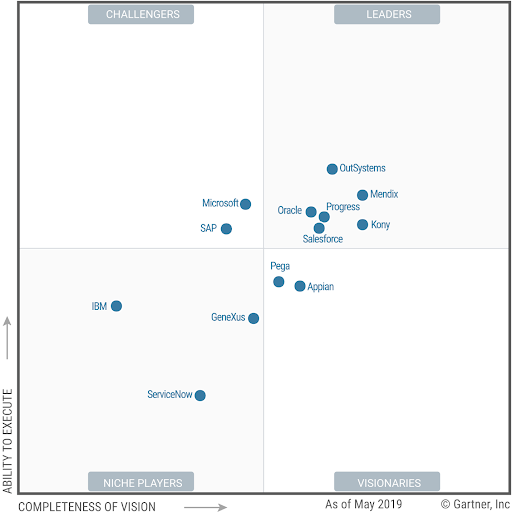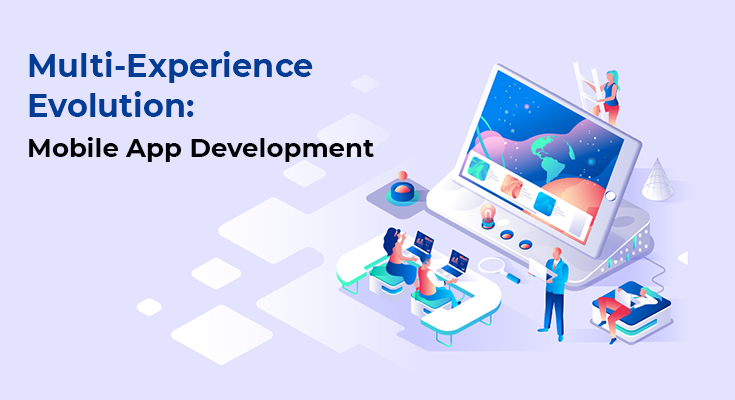Today’s competitive market revolves around delivering the best to the users and this has led brands to prioritize modernization at the utmost level. Every business today tends to expand its value propositions by reaching beyond the boundaries of web and mobile app development to meet exceptional user and industry demands.
A Universal Fact
The level of user experience delivered to the end-user decides the perception of the brand.
It’s certainly true that no brand today can afford to take up the blame for a bad user experience as even a single accusing action can destroy the high earned image. Web browsers, despite being the most common touchpoint, takes a back seat when compared with the apps developed for an immersive range of e-devices like smartphones, smartwatch, virtual assistants, etc.
Among all different types of applications built, mobile applications have gained all the hype which urges the mobile app development to necessarily get mature and expand its modalities.
Multi-Experience is all the need!
Gartner says,
“Multi-Experience directly proportionates the Future of App Development.”
Multi-Experience Development has evolved to focus on valuable use cases, which go beyond a mobile device and an application, thus, supporting the design and creation of integrated, personalized, and environmental experiences that span multiple digital touchpoints.

Multi-Experience refers to the various permutations of modalities (like touch, voice, and gesture), devices, and apps that users interact with their digital journey across the various touchpoints.
It’s a technique that brands must consider as a strategy that can bring great unexpected opportunities and drive new innovations and significant changes in the digital world.
By having a clear knowledge of the customers/consumers and knowing their intent, it can lead enterprises to a multisensory and multimodal consumer experience.
[Prefer Reading: “Mobile App Prototyping: Ideate, Refine, Test at an Early Stage”]
Is there a Better Future for Mobile Applications with Multiexperience?

Developers of mobile applications increasingly launch new value propositions for apps where consumers not only have a unique experience.
The report generated by Gartner states that the apps that they will generate in the future such as wearables, voice, and Augmented Reality will be one of the options that will triumph in the long term, being the attraction phenomenon worldwide at that time.
Traceability of these apps will continue to be carried out both in the present and in the future, according to the indicators that have been carried out with the users, these technological tools will be the key basis to facilitate the day-to-day business chores.
[Prefer Reading: “Top 10 Trends that Define the Future of Mobile Applications in 2020 & Beyond”]
What Uncommon Features be Common in the Futuristic Apps?

#AR and VR
Augmented Reality and Virtual Reality will remarkably transform the future of apps as well as companies of different niche and industry, especially well-known segments of games, entertainment, social media, healthcare, and more.
#Multiscreen
Tablets, iPods, smartphones whose largest screen range between 4.7 to 5.5, offer a wide range of on-screen options. The next-gen applications would be capable of adapting to any screen size with Internet connectivity, be it any smartwatch, projection screen, smartphone, etc.
#Sensors
The use of sensors would be a common play that would be used to collect all forms of data and information to keep the user more aware and informed of the surroundings as well as their own self.
Say, a vehicle would be able to detect that there is danger before can even make out or see it or any heath application would be able to control the disease. Such applications exist scarcely but would be a familiar task of everyday life.
#M-Wallets
The rends of mobile wallets will continue to grow.
[Prefer Reading: “Survival of the Digitalist: Technology Driven Customer Experience”]
Technologies Used
Visual, voice, and touch interfaces are pre-established and much needed for B2C applications.
However, with the rise of conversational user interfaces, questions are raised upon the technologies being used in Multi-Experience Development. Cloud-hosted Artificial Intelligence is widely used that supports MXDP which will leverage image and voice recognition to the next level.
Further, Augmented Reality, Virtual Reality, IoT will be looked upon for developing multi-experience applications which can interact in a more efficient and human way, supported with distinct electronic devices.
Multi-Experience Development will have a great impact on the development industry and will provide reliability, speed, agility, and enhanced user experience.
Leading Multi-Experience Development Platforms to Look Upon
Here are a few selected choices that support the intent of MXDP:
-IBM
-GeneXus
-Appian
-Microsoft
-Mendix
-Kony
-Oracle
-Outsystems
-SAP
-Salesforce
-Pega
-Progress
-ServiceNow

Final Consideration
Users have normalized the use of apps in their daily life through different devices and platforms. For further ameliorations, in addition to solving the needs of users is focused on offering new multi-experiences.
Multi-Experience is A new way of relating the world and technology, unifying them and expanding the interaction between them.
This type of technology is a great help for most companies where they seek to eliminate obstacles in the service of their clients. They make them live an experience through devices that have alternate realities as virtual reality allows us.
Do you Want to Develop an Idle App for the Future?
NetSet is a top leading IT company in rendering digital product development solutions and specialize in providing consultation and advice on the appropriate technologies to use for pumping your app/product ideas to become the reality of the future.
Our adroit professionals deal with Digital Product Development, Customized Mobile & Web Apps, and Professional Services and can help you initiate your project with cent percent success prospects.


No comments:
Post a Comment